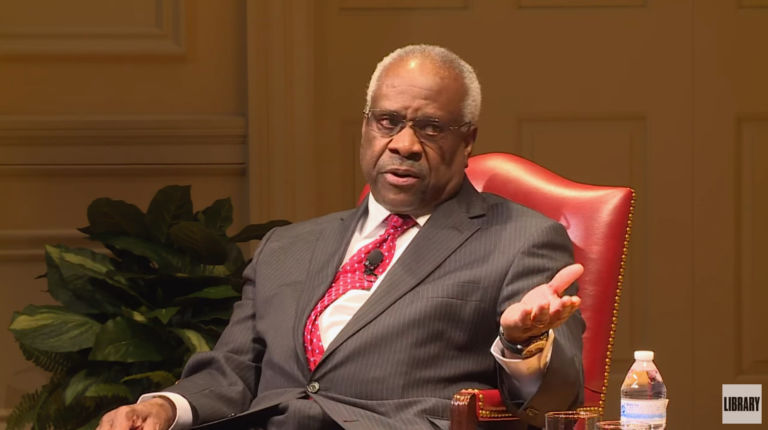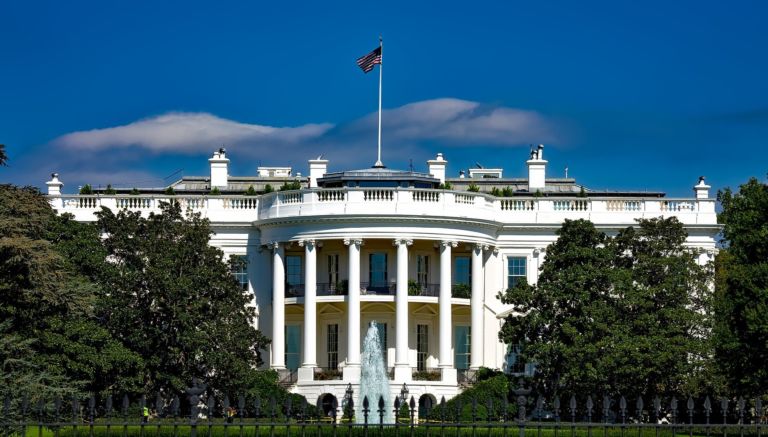Adam White explains how a U.S. Supreme Court decision this summer could limit the federal government’s overreach.
By mid-summer, Chevron deference as we know it may be history. The Supreme Court could reform or even eliminate its forty-year-old doctrine that federal courts should generally defer to an agency’s reasonable interpretation of an ambiguous statute.
How would the end of Chevron deference affect our constitutional institutions? It’s far too soon to know—and not just because the Supreme Court has yet to decide Relentless, Inc. v. Department of Commerce and Loper Bright Enterprises v. Raimondo. Even if the Court eventually reforms the Chevron framework or erases it outright, the decision’s full impact will not be seen clearly for months or years. Such was the case with Chevron itself: the Court’s decision was debated endlessly from the start, but its full effects would not be fully understood until decades later.
Still, it is not too soon to start thinking. Reforming Chevron along the lines suggested by some of the justices’ questions at oral argument would change the work of the courts. First, and most obviously, judges will need to work harder to interpret statutory text. This harder interpretive work, in turn, will place still greater weight on textualism itself—and on Congress’s own responsibility for crafting the texts in the first place. The post-Chevron era may also cause judges to think differently about the character of the administration. And if so, then the executive and legislative branches will have new reasons to change their own work, too. …
… We cannot be sure how exactly the Court will rule, but we can with confidence say that it will not “incapacitate the federal government.” Nor will it singlehandedly solve every problem of agency overreach. It will not radically simplify judicial review of agency action, because agency actions involve much more than mere interpretation of statutes.
Even on matters of statutory interpretation, a post-Chevron world will still have to grapple with the problem of ambiguous statutory text.


